Chase People, Not Brands
Illustration by Will Maynard
Ask someone why they got into marketing and you’ll likely get an earful about a brand that grabbed them by their heart and head. Aspiring marketing and advertising talent will often reverse engineer their agency job searches, applying to spots that work with their favorite brands.
But while a list of marquee clients may look great on the surface, it may not be sustainable because of another long-standing phenomenon in marketing: the shortening tenures of CMOs and marketers.
The latest data from executive consultancy Spencer Stuart (often cited in trade publications) shows that CMO tenures at the 100 most-advertised brands in the U.S. dropped to 40 months. Both Bank of America and General Mills are opting to not replace their retiring CMOs.
Bob Liodice, president and CEO of the Association of National Advertisers (ANA), has had a 26-year front-row seat (and another 15 years in marketing at Kraft) to the explosive growth and complexity of marketing and media — and the perplexing decline of marketer tenures.
Liodice considers brands’ long-term assets to be built over time, reflecting “the input, contributions and strategies that made them what they are today.” With that history and longevity, making significant changes to a brand is like steering a supertanker. Wins come in the form of incremental changes and patience (never the C-suite’s forte) with long-term thinking.
Massive changes in creative and media over the past several years have made a CMO’s job even more difficult, says Liodice. The ANA has worked diligently to lay out a pathway in what the organization calls its “growth agenda,” outlining 12 core priorities — built by the ANA’s Global CMO Growth Council — to help marketers navigate more effectively. Yet Liodice believes extensive CMO turnover is largely because of downward pressure from the C-suite and shareholders. That’s coupled with more pressure to quickly bolster the bottom line.
“You can’t pull a rabbit out of your hat and change the dynamics of a brand,” says Liodice. “People are the most dynamic aspect of a brand. They come with ideas and perspectives that they have garnered through their lives and careers, shaped through their experiences.”
According to agency leaders like Martin CEO Kristen Cavallo, being too focused on a brand versus the people behind it is a miss in identifying the real tip of the spear — what separates the brands synonymous with culture and those that remain irrelevant and unseen.
Following The Brave + Ambitious
Cavallo has extensive experience watching marketers — particularly CMOs — bounce around. Yet Martin’s core philosophy is that it can, within reason, remain agnostic about the brands it partners with.
One example of this is Terminix CMO Alex Ho. During her time at MullenLowe, Cavallo worked on American Greetings with Ho.
In 2015, American Greetings’ marketing team, under the direction of Ho, created the “World’s Toughest Job” campaign with MullenLowe, an eye-opening celebration of motherhood, which drove record online sales and consumer engagement. The campaign ultimately won a coveted Grand Effie for marketing effectiveness.
Fast-forward to 2020: Ho landed at the pest control brand, and Martin was brought on as creative AOR.
“I don’t care that at one moment, he’s selling greeting cards and the next, he’s selling pest control,” says Cavallo. “I never envisioned the agency would be in that business, but we really wanted to work with Alex.”
Another recent development is Sabra tapping Martin as its creative agency. Jason Levine, the hummus brand’s CMO, previously worked with the agency as a Mondelēz marketer.
In addition to driving growth, gaining a profile is becoming a more valued commodity in marketing. Results matter for both the agency and brand, but the reality of shorter tenures means that honing in on successes becomes more portable.
“The assumption is that [marketers] are going to move up or move out,” says Cavallo. “If we can help them move up in their organization, that’s good for everyone. If they move on, the hope is that we built something strong with that brand and can potentially work with that marketer wherever they land next.”
Like many agency-side, Cavallo values word-of-mouth and references from marketers. With tenure and experience, leaders at shops of all stripes build up connections that can prove fruitful in developing new, and sometimes unexpected, opportunities.
“After you establish yourself among a tribe of CMOs, they tend to recommend you,” notes Cavallo. "If you have the right kinds of clients, you help each other."
Brand-Building Relationships
Likely the most high-profile marketer/agency-side relationship in recent years is the one between Fernando Machado and Anselmo Ramos. The duo first worked together on the outstanding and heavily awarded Dove Real Beauty Sketches in 2013 with Machado at the brand and Ramos as CCO of Ogilvy Brasil. Ramos started the agency David at the same time.
“Not a bad first one,” says Ramos. “And we’ve been working together ever since.”
The body of work between Machado (now CMO at Activision Blizzard) and Ramos (founder and creative chairman of indie agency Gut) is extensive, including industry-shifting work for Burger King and groundbreaking campaigns for Popeyes.
In Ramos’ eyes, a big reason that the relationship works so well is that they have a shared ambition to do work that sticks out and permeates into culture.
“We don’t need to convince each other that creativity is important,” notes Ramos, who partnered with Machado recently for a well-received Call of Duty campaign—a first between Activision Blizzard and Gut. “We know that creativity drives business, so we’re constantly talking about ideas and how to make them happen.”
“[That relationship] has brought Anselmo more opportunity, more fame and, probably, more joy,” adds Cavallo.
What’s crucial in a sound relationship like this (or at any agency, for that matter) is the idea of a partnership versus a vendor relationship.
“Some agencies may be fine with a vendor relationship,” says Ramos. “But I feel like it should always make sense for both sides. If both sides want to do outstanding work, then you see the shared ambition, and it can be remarkably successful for everyone.”
“I was once called out by Kofi after posting something on LinkedIn, referring to DoorDash as a client,” says Cavallo. “In the comments, he wrote: ‘We’re not your clients, we are your partners.’ That was yet another reason I respect him and all of our partners like this. He did that for everyone to see. What’s tough is that a lot of clients treat agencies as vendors, and we need to stick up for ourselves.”
Putting People First
Minjae Ormes, LinkedIn VP of Marketing, Global Brand and Consumer, agrees that the personal aspect of building a partnership is what can lead to something much more meaningful and successful.
“If you look at the brand first and people second, then your change elements are the brand and whoever happens to be there,” she says. “If you look at the people first, then you become the change element and can better understand the business challenges and how to identify and solve for them.”
In Ormes’ mind, a fruitful relationship should start with an agency building trust with a brand and the understanding that a genuine partnership goes beyond a transaction into something bigger and seamless.
Dave Edwards, EVP of Global Growth at consultancy R3, recently saw such a phenomenon while vetting agencies for a new piece of business for a brand client. According to Edwards, the winning agency’s ability to act as an extension of the brand team while also respectfully challenging them is what sealed the deal.
“I hear this every once in a while, where a marketer says that the agency — and its specific strategy and creative people — make a huge difference. I was told, ‘I don’t know where my company ends and my agency starts,’” notes Edwards.


